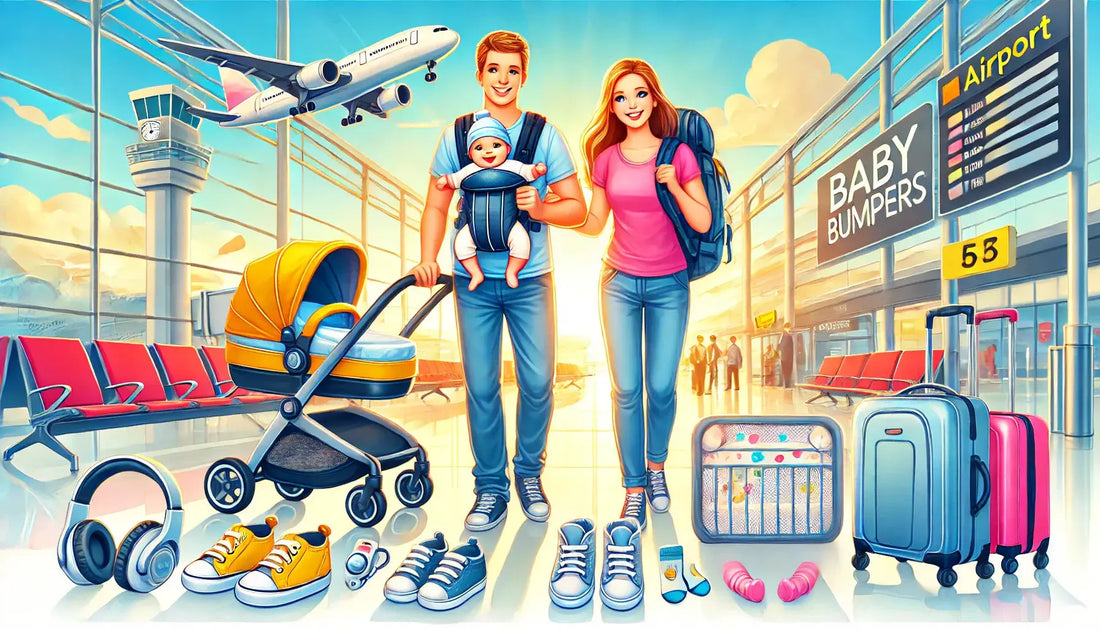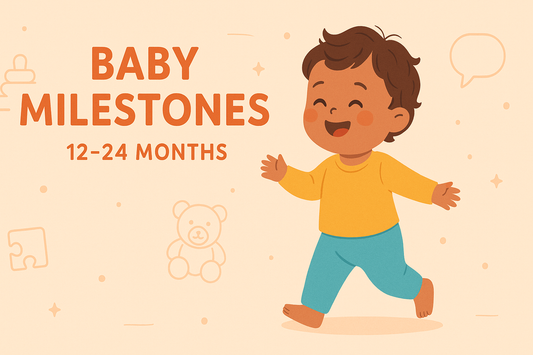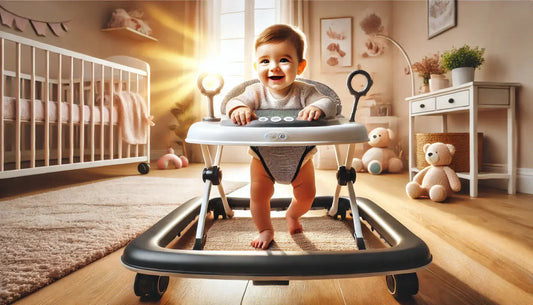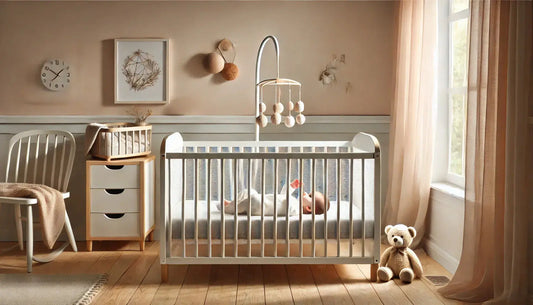
Traveling with a Baby: Essential Gear and Tips
Share
Traveling with your baby is an exciting milestone—a chance to create cherished memories while exploring the world as a family. However, the prospect of navigating transportation with a little one can feel overwhelming. With the right preparation and essential gear, you can ensure a smooth journey for everyone involved.
When Can You Start Traveling with Your Baby?
Most airlines allow infants as young as two weeks to travel, though some may require a fit-to-fly certificate from your GP. If your baby was born via C-section, waiting until your six-week postpartum check-up is advisable. Additionally, consider your baby’s immunity when planning trips, as their immune system is still developing. Short trips after a couple of months may be more manageable and safer for very young babies.
Essential Travel Documents
If you’re traveling abroad, your baby will need their own passport , which is valid for five years (UK law only and may vary for other countries). Check the Passport Office guidelines and processing times before booking your trip. Other important documents include:
- Birth certificate (if your baby has a different surname than yours).
- Consent letter from a co-parent if traveling alone.
- Visas or additional documents required by your destination country.
Pre-Travel Preparation
1. Allow Ample Planning Time
Booking well in advance helps secure the best deals and allows time to plan your trip around your baby’s needs, including securing a baby friendly hotel and the right seats on the plane/train.
2. Pack Strategically
Prepare a separate bag with all baby essentials for easy access during the journey, including:
- Nappies and wipes.
- Snacks, Muslin cloths and bibs
- Feeding supplies (formula, breast milk, bottles).
- Extra clothes for you and your baby.
- Comfort items like pacifiers or favourite toys.
- Teethers, pain relief medication
3. Maintain a Routine
Try to align your travel schedule with your baby’s feeding and nap times. A familiar routine can make the experience less stressful. Some may prefer overnight travel.
Traveling by Plane
1. Book Wisely
Choose flights that align with your baby’s sleep schedule. Bulkhead seats with bassinets are ideal for long-haul trips, but reserve them early as availability is limited.
2. Pack Essentials
Carry a bag with items like nappies, wipes, snacks, toys, and a change of clothes. Be familiar with airline rules on liquids and baby food. Many airlines will allow additional volume for baby milk or water and food however check with them before travelling to ensure an easy trip through security checks.
3. Manage Ear Pressure
Feed your baby during takeoff and landing to ease ear discomfort. If breastfeeding, use a nursing cover for privacy. Alternatively a pacifier may work just as well.
4. Consider Baby’s Comfort
A lightweight stroller or baby carrier is essential for navigating airports. Check with your airline about bringing these items onboard or gate-checking them.
Traveling by Car
1. Install a Safe Car Seat
Ensure your baby’s car seat is properly installed and meets safety standards. Double-check straps and harnesses for a secure fit.
2. Plan Frequent Breaks
Stop every two hours to allow your baby to stretch, feed, and have their nappy changed. Avoid keeping them in a car seat for extended periods.
3. Block Out the Sun
Use sunshades on car windows to keep your baby cool and protect their sensitive skin.
Traveling by Train or Bus
1. Choose Convenient Times
Travel during off-peak hours to avoid crowds and align your trip with your baby’s nap schedule.
2. Bring a Baby Carrier
A baby carrier keeps your hands free and makes boarding and disembarking easier. It’s also ideal for navigating crowded areas.
3. Pack Light
Bring only the essentials for your trip, such as nappies, wipes, and feeding supplies, to minimize the hassle of managing multiple bags.
Essential Travel Gear
1. Lightweight Stroller
A compact, foldable stroller is perfect for travel. Many models are suitable for newborns and can be gate-checked when flying.
2. Baby Carrier or Sling
Great for navigating airports, train stations, and crowded areas, a baby carrier provides hands-free convenience.
3. Travel Crib
Portable cribs or bassinets ensure your baby has a safe, familiar place to sleep, no matter where you go. Check with your chosen place of stay if they can provide a travel crib as many hotels will offer free cots for babies.
4. Anti-Slip Sock Shoes
Keep your baby’s feet warm and secure with Anti-Slip Sock Shoes, ideal for providing grip during playtime at rest stops or hotel rooms.
5. Baby Ear Protection Noise Cancelling Headphones
For noisy environments like planes or bustling train stations, the Baby Ear Protection Noise Cancelling Headphones are a must-have. They help shield your little one from loud sounds, ensuring a more peaceful journey.
6. Silicone Teethers
Traveling can sometimes be stressful for babies. Silicone Teethers can keep your baby entertained and comfortable, providing a safe and soothing option for teething relief.
Tips for a Stress-Free Journey
- Hydration and Nutrition: Keep yourself and your baby hydrated with snacks for both of you.
- Entertainment: Bring age-appropriate toys and books to keep them engaged.
- Stay Flexible: Be prepared for unexpected delays on planes.
Final Thoughts
Traveling with a baby requires careful planning, but the rewards are worth it. With the right gear, documents, and preparation, you can focus on enjoying your trip and creating unforgettable memories. Whether it’s a road trip, a plane ride, or an adventure abroad, embrace the experience and cherish these moments with your little one.



